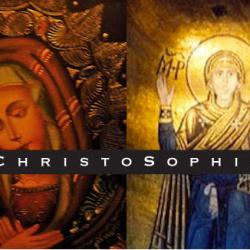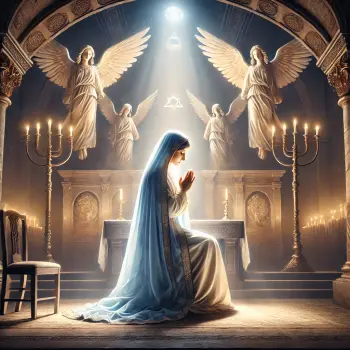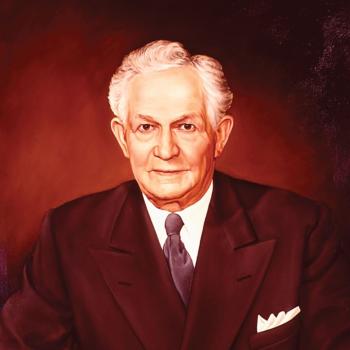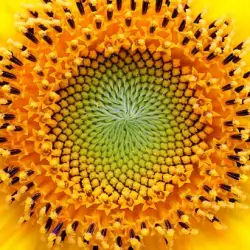The Chakra system, most notably found within Hinduism, is an ancient spiritual energy framework that can play a vital role in a person’s spiritual path. The term “chakra” originates from the Sanskrit word meaning “wheel,” referring to the spinning energy centers at various locations within the human body. The Chakra system is deeply rooted in Hindu philosophy, evolving over thousands of years to become a significant component of Vedic spiritual practices, yoga, Ayurveda, and overall well-being.
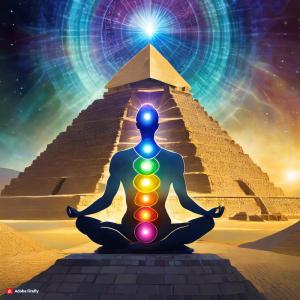
Origins and Early Mentions
The earliest references of the Chakra system can be traced back to ancient Hindu scriptures, particularly the Vedas, the oldest sacred texts in the tradition. The Rigveda, dating conservatively to around 1500 BCE but with oral roots going back much further, is the first of the Vedas to detail the Chakra system. The Chakras are further fleshed out in the Upanishads, a library of ancient Dharma texts that explore the philosophical and spiritual ideas of Vedanta. The Upanishads introduced the concept of “prana,” the vital life force that circulates throughout the body. The concept of prana is fundamental to understanding the Chakra system as it forms the channels for the flow of energy through the Chakras, just as blood flows through the material organs.
The Indian tradition of Yoga places great emphasis on the Chakras as crucial to the yogic path of spiritual enlightenment. Tantra, another ancient practice within Hinduism and Buddhism, delves into the mystical and ritualistic aspects of spirituality. Tantra, meaning “loom” or “weave,” teaches the interconnectedness of everything in the universe. The Chakra system is central to tantra, symbolizing the weaving of energies within the human body and their connection to the broader cosmic energies.
Each Chakra is associated with specific qualities, functions, colors, sounds (mantras), mudras, deities and other aspects of consciousness. The Chakras are believed to spin and distribute prana, influencing physical, emotional, mental, and spiritual well-being. The seven Hindu Chakras are as follows:
- Muladhara Chakra (Root Chakra): Located at the base of the spine, the Muladhara Chakra represents survival, safety, and basic human needs. Its color is red, and it governs the sense of smell.
- Svadhishthana Chakra (Sacral Chakra): Situated in the lower abdomen, the Svadhishthana Chakra is associated with creativity, pleasure, and relationships. Its color is orange, and it governs the sense of taste.
- Manipura Chakra (Solar Plexus Chakra): Positioned in the upper abdomen, the Manipura Chakra represents self-esteem, confidence, and power. Its color is yellow, and it governs the sense of sight.
- Anahata Chakra (Heart Chakra): Located in the center of the chest, the Anahata Chakra embodies love, compassion, and acceptance. Its color is green, and it governs the sense of touch.
- Vishuddha Chakra (Throat Chakra): Positioned in the throat, the Vishuddha Chakra is associated with communication, expression, and truth. Its color is blue, and it governs the sense of hearing.
- Ajna Chakra (Third Eye Chakra): Located in the forehead between the eyes, the Ajna Chakra represents intuition, insight, and perception. Its color is indigo, and it governs extra-sensory perception.
- Sahasrara Chakra (Crown Chakra): Situated at the crown of the head, the Sahasrara Chakra governs spiritual connection, consciousness, and enlightenment. Its color is violet or white.
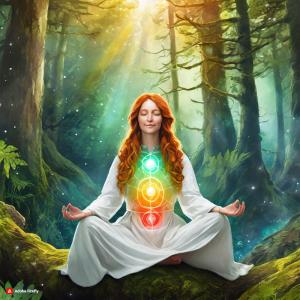
Beyond Cultural, Religion and Philosophy
Despite the Chakras’ importance within Hinduism, it’s a common misconception that the concept is exclusively a Hindu invention. While practitioners of Vedanta indeed explore the Chakra system in depth, similar energy concepts and practices exist in various other ancient cultures and traditions. The concept of spiritual energy centers within the body is present in current traditions like Hinduism, Buddhism, Taoism and the Kabbalah tradition within Judaism. However, it may surprise many that this concept was present anciently in Egyptian and Celtic spirituality. Let’s consider these various traditions:
- Taoism: In Chinese culture, the Tao system of Qi (also known as Chi), meridians and acupuncture points shares similarities with the idea of Chakras. The balance and harmonious flow of Qi are essential for good health and well-being. Practices like acupuncture, qigong, and tai chi aim to regulate and enhance the flow of Qi.
- Buddhism: In Buddhism, the Chakras are used in Vajrayana or Tantric practices, focusing on the transformation of mental states and energies to attain enlightenment. The Buddhist interpretation typically revolves around four or five main Chakras, unlike the seven-chakra system commonly found in Hinduism. These Chakras are visualized during meditation and used in practices such as tummo (inner heat) and deity yoga where the student visualizes deities or symbols in these energy centers to aid in spiritual development.
- Kabbalah: The Kabbalah’s Tree of Life shares several similarities with the other traditions discussed, particularly the idea of spiritual energy traversing through different levels or centers within the human body or soul. The Tree of Life represents the path to spiritual enlightenment, featuring ten interconnected spheres (Sefirot), each symbolizing a different aspect of God, the universe, and the human soul. Both systems are used as guides for personal and spiritual development and emphasize the interconnectedness of all aspects of life and the journey towards a higher state of consciousness. And similar to the Chakra system with Hinduism, the Sefirot are meditated upon and used as focal points for spiritual exercises.
- Egyptian: The spiritual energy system of ancient Egypt uses various energy centers within the human body that correspond to specific spiritual and physical aspects of life. These centers were intricately tied to the Egyptians’ knowledge of anatomy and their understanding of astrology and the cosmos. The Egyptian energy points were considered interconnected, playing a critical role in maintaining the equilibrium and flow of the vital life force, referred to as “Ka”. This concept was also a fundamental part of their medical practices, meditative exercises, and ritualistic ceremonies. The Egyptians placed significant emphasis on aligning these energy centers with cosmic entities and deities, showcasing their deep-seated belief in the interconnected nature of the universe, divinity, and the human form. However, in contrast to the linear and ordered Hindu Chakra system, the Egyptian system was more flexible and incorporated deeper aspects of their mythology and deity worship.
- Celtic: The Chakra system in the Celtic or Druidic tradition has similarities and differences when compared to the Eastern Chakra frameworks. While it aligns with Hindu and Buddhist energy systems in terms of energy flow and balance, notable differences exist, such as the quantity, positioning, and traits of these energy centers. The Celtic or Druidic approach to the body’s energy centers references three cauldrons instead of seven wheels:
-
- The first Cauldron, “The Cauldron of Warming,” is located in the lower body and is associated with physical health and basic survival.
- The second, “The Cauldron of Motion,” is found in the chest area and pertains to emotional and spiritual growth.
- The third, “The Cauldron of Wisdom,” is situated in the head and symbolizes enlightenment, inspiration, and higher knowledge.
- Unlike the linear alignment of the Eastern Chakra systems, the Cauldrons are seen as vessels that can be “upright” or “inverted,” symbolizing the individual’s spiritual state and emotional balance. The practice of aligning and attuning these Cauldrons is central to Druidic spiritual practices, a common theme among the various cultures being discussed.
The Chakras or spiritual energy centers serve as a roadmap to balance and align the various aspects of our being, ultimately guiding individuals on a path toward spiritual awakening and self-realization. By understanding and using the Chakras as spiritual guide posts, seekers can achieve significant holistic well-being and spiritual growth.




